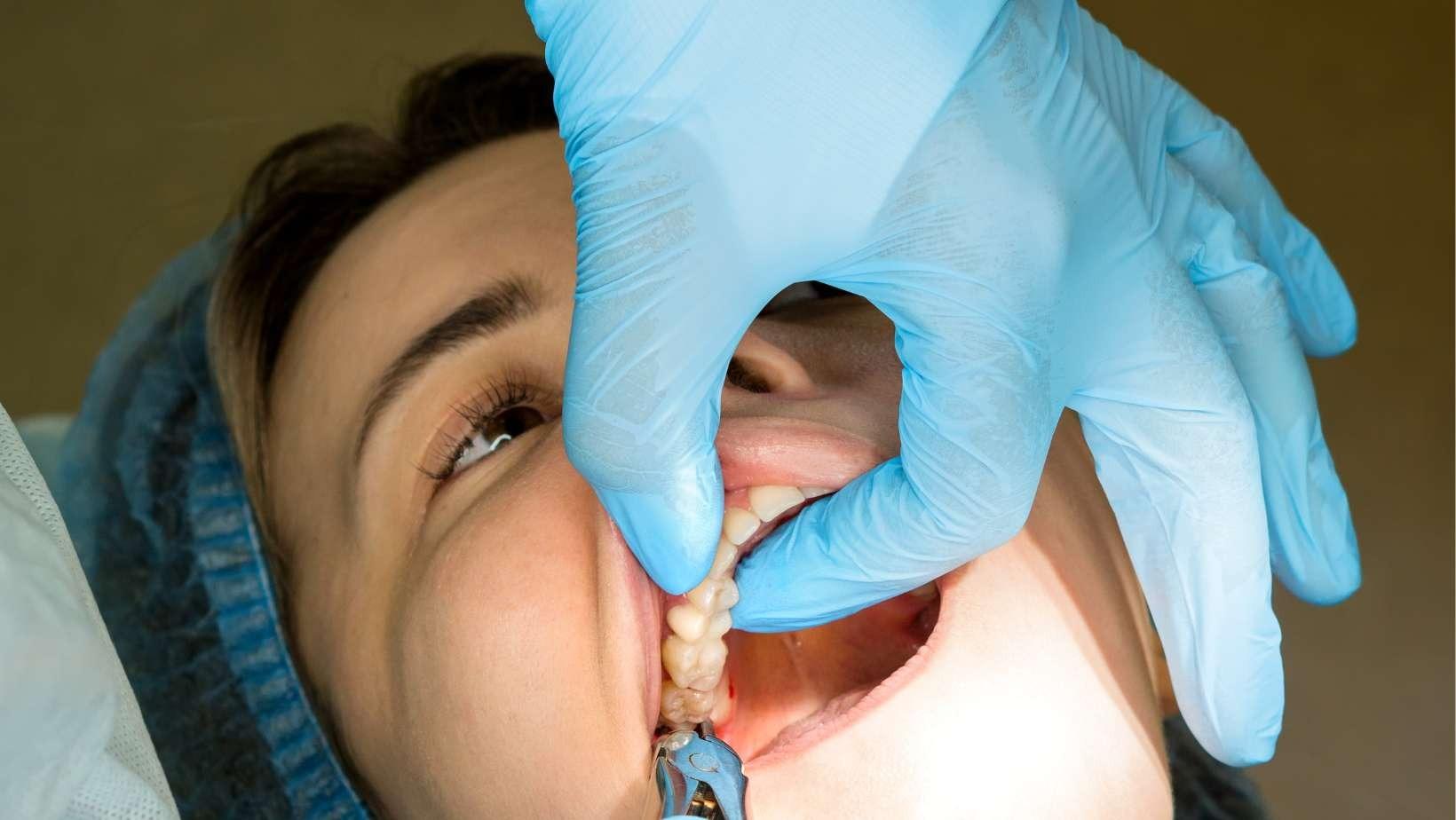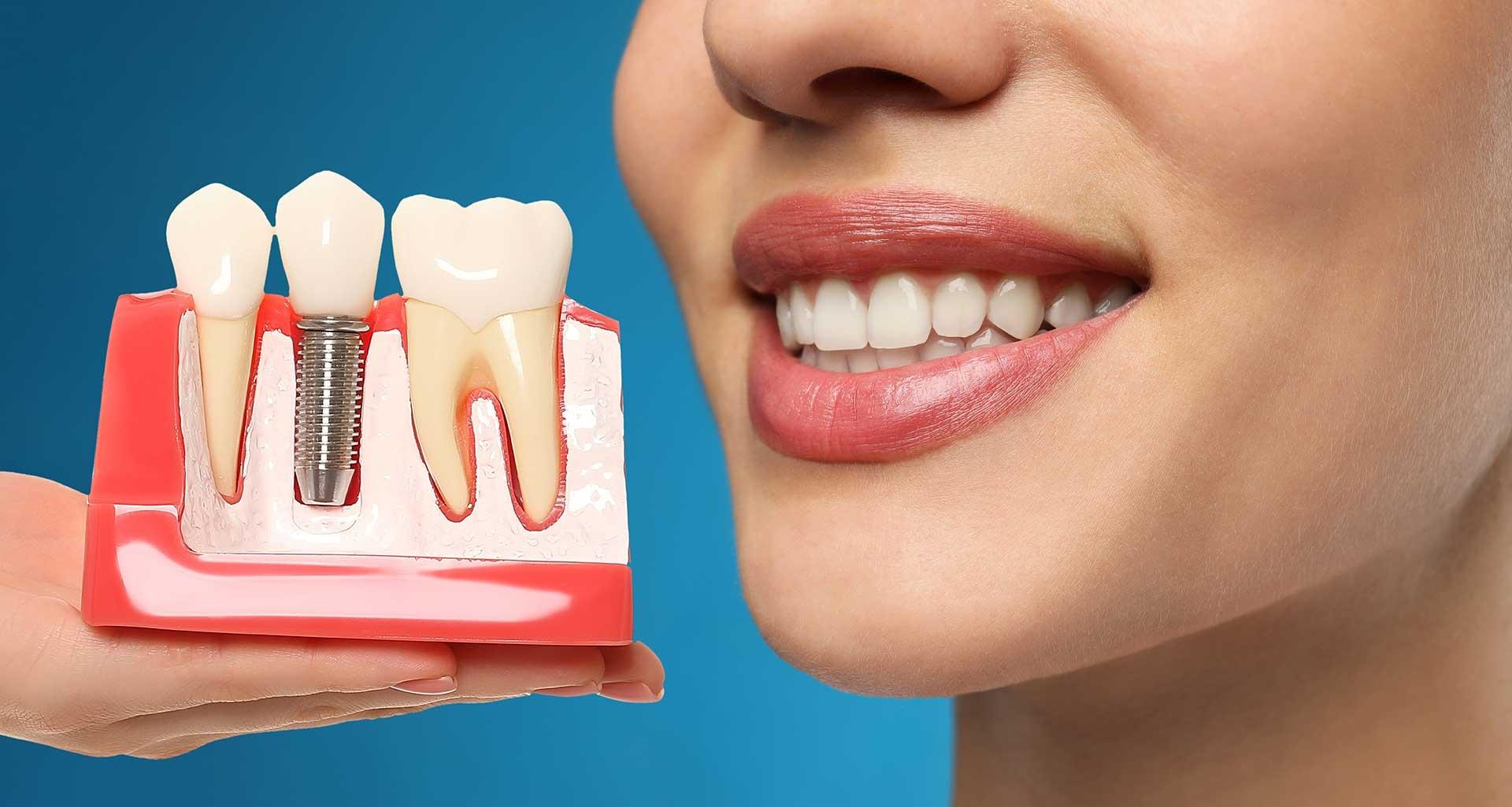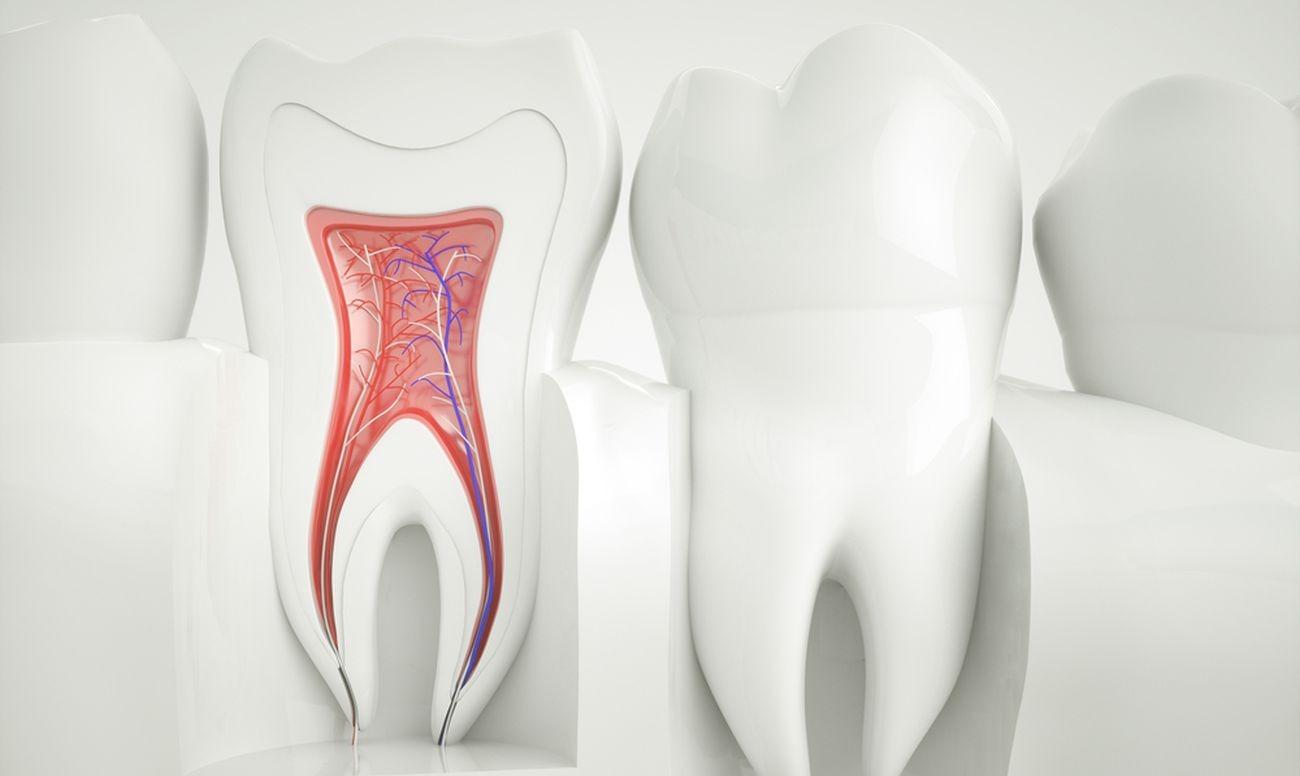Wisdom tooth removal, or third molar extraction, is a common dental procedure performed to prevent problems such as crowding, infection, or damage to neighboring teeth. Although the surgery is routine, following proper aftercare instructions is essential to ensure a smooth recovery, minimize discomfort, and avoid potential complications.
After the procedure, it’s normal to experience swelling, pain, and minor bleeding around the extraction site. Some patients may also notice jaw stiffness, bruising, or difficulty opening the mouth. There is a small risk of complications, such as infection or dry socket, if proper care is not taken.
By understanding what to expect and following recommended aftercare steps, patients can speed up healing, reduce pain, and prevent complications. This guide provides practical, step-by-step tips to help you recover comfortably and safely after wisdom tooth removal.
Immediate Post-Surgery Care
The first 24 hours after wisdom tooth removal are the most critical for healing, controlling bleeding, and managing discomfort. Following proper aftercare during this period sets the foundation for a smooth recovery and reduces the risk of complications like dry socket, infection, or excessive swelling.
1. Rest and Avoid Strenuous Activity
- Prioritize complete rest for the first day. Physical activity increases blood flow, which can worsen bleeding at the extraction site.
- Avoid bending, heavy lifting, or strenuous exercise for at least 24–48 hours.
- Keep your head elevated with extra pillows while resting or sleeping. Elevation helps reduce swelling and prevents blood from pooling at the surgical site, which can slow healing.
- Limit talking or excessive jaw movement in the first few hours to give tissues time to settle.
2. Proper Use of Gauze to Control Bleeding
- Your dentist will provide sterile gauze pads to bite on after the procedure. Apply gentle pressure, as firm biting encourages clot formation.
- Replace the gauze every 30–45 minutes or when it becomes soaked with blood.
- Avoid spitting, rinsing vigorously, or using straws during the first 24 hours, as suction can dislodge the clot and lead to dry socket, a painful complication.
- Slight oozing is normal, but if bleeding is continuous or heavy, contact your dentist immediately.
3. Managing Initial Pain with Prescribed Medication
- Pain and soreness are normal and usually peak within the first 12–24 hours.
- Take pain medications exactly as prescribed. Over-the-counter options like ibuprofen or acetaminophen can be used if recommended by your dentist.
- Apply a cold compress or ice pack to the outside of your cheek in 15–20 minute intervals, with breaks in between, to reduce swelling and numb discomfort.
- Avoid heat on the first day, as it can increase bleeding.
4. Additional Tips for the First Day
- Stay hydrated by sipping water or clear liquids. Avoid hot drinks and alcohol.
- Eat only soft, easy-to-swallow foods like yogurt, applesauce, or smoothies to avoid disturbing the surgical site.
- Keep communication open with your dentist if you notice unusual pain, heavy bleeding, or excessive swelling. Early intervention prevents minor issues from becoming serious complications.
By taking these immediate care steps seriously, you give your body the best chance for a safe, comfortable, and speedy recovery after wisdom tooth removal.
Managing Pain and Swelling

After wisdom tooth extraction, pain and swelling are common, especially within the first 48 hours. Proper management can make recovery more comfortable and prevent complications.
1. Using Ice Packs Effectively
Apply an ice pack to the outside of your cheek near the extraction site for 15–20 minutes at a time, with 15–20 minute breaks in between. This helps reduce swelling and numb discomfort. Ice therapy is most effective during the first 24–48 hours after surgery.
2. Pain Medication Schedule and Dosage Tips
Take prescribed or over-the-counter pain medication as directed by your dentist. Avoid skipping doses, and never exceed the recommended dosage. Following a consistent schedule helps maintain steady pain control and prevents spikes in discomfort.
3. Elevating the Head to Reduce Swelling
Keeping your head elevated while resting or sleeping can help minimize swelling. Use extra pillows or sleep in a reclined position to prevent blood from pooling at the surgical site, which can worsen inflammation.
By following these tips, patients can control pain, reduce swelling, and promote faster healing, making the first few days after surgery much more manageable.
Oral Hygiene Tips
Proper oral hygiene after wisdom tooth removal is essential to prevent infection and promote smooth healing. However, care must be taken to avoid disturbing the surgical site.
1. Gentle Rinsing with Saltwater
After the first 24 hours, rinse your mouth gently with warm saltwater several times a day, especially after meals. This helps clean the area, reduce bacteria, and soothe inflammation. Avoid vigorous swishing, which can dislodge the blood clot and cause dry socket.
2. Avoid Brushing Near the Extraction Site Initially
While it’s important to maintain overall oral hygiene, avoid brushing directly over the extraction site for the first few days. Instead, carefully clean surrounding teeth using a soft-bristled toothbrush to prevent food particles and plaque buildup without interfering with healing.
3. Preventing Infection Safely
In addition to rinsing and gentle cleaning, follow any antibiotic or antiseptic instructions provided by your dentist. Avoid touching the surgical site with fingers or tongue, and refrain from using straws, spitting forcefully, or smoking, as these actions can introduce bacteria or disturb the clot.
By practicing careful oral hygiene, you can minimize the risk of infection, support faster healing, and ensure a smoother recovery after wisdom tooth removal.
Diet Recommendations
What you eat after wisdom tooth removal can significantly affect healing, comfort, and recovery speed. Following a careful diet helps prevent irritation, protects the surgical site, and reduces the risk of complications.
1. Soft Foods to Eat During Recovery
Stick to soft, easy-to-chew foods in the first few days after surgery. Examples include:
- Mashed potatoes, yogurt, and smoothies
- Scrambled eggs or soft cheeses
- Oatmeal, applesauce, and pudding
These foods minimize chewing effort and reduce the risk of disturbing the extraction site.
2. Foods and Drinks to Avoid
Avoid foods and beverages that could irritate or damage the surgical area:
- Spicy, acidic, or crunchy foods like chips, nuts, or salsa
- Hot drinks and soups that can increase swelling or pain
- Alcohol and carbonated beverages, which may interfere with healing
Following these restrictions for at least the first week helps maintain the blood clot and prevents dry socket.
3. Hydration and Safe Beverages
Staying hydrated is crucial for healing. Stick to water, herbal teas, or chilled clear liquids. Avoid using straws, as the suction can dislodge the blood clot. Small, frequent sips are ideal for maintaining hydration without putting pressure on the surgical site.
By adhering to these dietary guidelines, patients can support recovery, reduce discomfort, and ensure optimal healing after wisdom tooth removal.

Avoiding Complications
Most wisdom tooth extractions heal without problems, but certain complications can arise if proper care is not followed. Being aware of warning signs and preventive measures helps ensure a safe and smooth recovery.
1. Recognizing Signs of Dry Socket or Infection
A dry socket occurs when the blood clot at the extraction site becomes dislodged or dissolves prematurely, exposing the bone and nerves. Symptoms may include:
- Severe, throbbing pain that radiates to the ear or jaw
- Empty-looking socket or visible bone at the extraction site
- Bad breath or an unpleasant taste in the mouth
Infections can develop if bacteria enter the wound. Watch for:
- Persistent or worsening swelling
- Redness around the extraction area
- Pus or discharge from the site
- Fever or general malaise
Early recognition and treatment by your dentist or oral surgeon are crucial to prevent further complications and prolonged discomfort.
2. Avoiding Risky Habits
Certain habits can increase the likelihood of complications:
- Smoking or using tobacco products, which delay healing and increase infection risk
- Using straws or spitting forcefully, which can dislodge the protective blood clot
- Vigorous rinsing, chewing hard foods, or poking the extraction site with fingers or utensils
Instead, follow gentle oral care routines, stick to soft foods, and rinse only as recommended after the first 24 hours.
3. When to Contact Your Dentist or Oral Surgeon
Contact your dental professional immediately if you experience:
- Severe pain not relieved by prescribed medication
- Continuous bleeding that soaks through gauze
- Signs of infection (pus, swelling, fever, or redness)
- Numbness or tingling that persists beyond a few hours
Prompt communication allows the dentist to intervene quickly, whether it’s managing dry socket, prescribing antibiotics, or providing additional guidance.
4. Additional Preventive Tips
- Avoid heavy lifting or strenuous exercise for at least 48–72 hours post-surgery
- Follow all medication and oral hygiene instructions carefully
- Attend any scheduled follow-up appointments to monitor healing progress
By being vigilant, following post-surgery instructions, and promptly addressing any unusual symptoms, patients can significantly reduce the risk of complications and enjoy a faster, more comfortable recovery.
Gradual Return to Normal Activities
Recovering from wisdom tooth removal involves not only managing pain and swelling but also gradually resuming your regular activities without disrupting the healing process.
1. Resuming Exercise and Physical Activity
Avoid strenuous exercise, heavy lifting, or high-impact sports for at least 3–5 days after surgery, or as directed by your dentist. Physical exertion can increase blood flow to the extraction site, potentially causing bleeding, swelling, or discomfort. Light walking or gentle movements are usually safe, but return to full activity gradually.
2. Returning to Normal Eating Habits
Stick to soft foods for the first few days and gradually reintroduce firmer foods as comfort allows. Chew on the side opposite the extraction site initially to prevent irritation. By the end of the first week, most patients can resume their regular diet if healing is progressing well.
3. Easing Back into Routine Oral Care
Continue gentle oral hygiene practices around the extraction site. You can brush surrounding teeth normally but avoid disturbing the surgical area. Gradually resume your regular brushing and flossing routine as comfort allows, and follow any instructions for rinsing or using antiseptic solutions.
4. Monitoring Your Recovery
Pay attention to how your mouth feels as you resume activities. Mild swelling or tenderness may persist for a week, but sharp pain, excessive bleeding, or unusual symptoms should prompt a call to your dentist.
By taking a gradual, cautious approach to resuming normal activities, patients can support healing, prevent complications, and safely return to their daily routines.
Conclusion
Following proper aftercare instructions is essential for a smooth and safe recovery after wisdom tooth removal. Careful attention to rest, oral hygiene, diet, and activity restrictions helps minimize pain, reduce swelling, and prevent complications such as dry socket or infection.
Proper post-surgery care is directly linked to faster healing and a complication-free recovery. Patients who adhere to their dentist’s guidelines are more likely to experience less discomfort, quicker return to normal activities, and optimal long-term oral health.
Finally, staying in contact with your dentist for follow-up visits and guidance ensures any concerns are addressed promptly, giving you confidence that your recovery is on track. By combining diligence, patience, and professional support, you can navigate the healing process successfully and maintain a healthy, comfortable smile.
FAQs
How long does it take to recover after wisdom tooth removal?
Recovery usually takes 3–7 days for initial healing, with full recovery in 2–3 weeks.
What foods should I eat after wisdom tooth extraction
Stick to soft foods like yogurt, mashed potatoes, and smoothies. Avoid spicy, crunchy, or hot foods.
Is it normal to have swelling and pain?
Yes, mild swelling and discomfort are normal. Using ice packs and prescribed painkillers helps manage it.
Can I brush my teeth after surgery?
Brush gently but avoid the extraction site for the first 24 hours. Rinse with saltwater after meals to keep it clean.
When should I contact my dentist?
Seek help if you notice severe pain, excessive bleeding, pus, or signs of infection.





